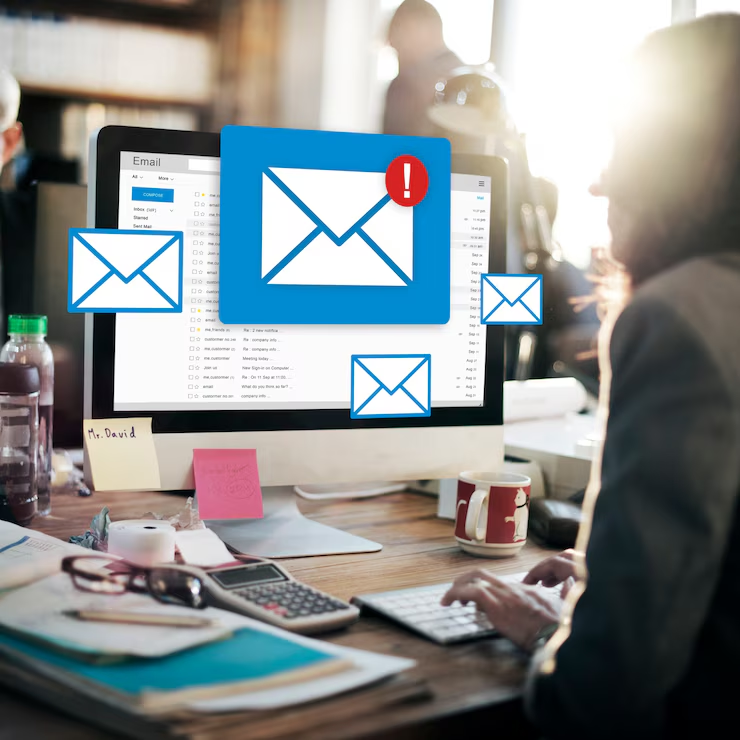✴︎Email Security Best Practices✴︎

Welcome to our comprehensive guide on email security best practices: safeguarding your inbox. In today’s digital age, email has become a primary mode of communication for both personal and professional purposes. However, with the convenience of email comes the risk of various security threats, including phishing attacks, malware infections, and data breaches. In this guide, we’ll explore fifteen essential best practices to help you protect your email accounts and keep your sensitive information safe from cyber threats. By implementing these strategies, you can fortify your email security defenses and minimize the risk of falling victim to malicious attacks. Let’s dive in and learn how to safeguard your inbox effectively.
1. Keep Personal and Work Emails Separate: Maintain separate accounts and devices for personal and professional use to prevent cross-contamination of sensitive information.
2. Employ Specialized Email Security Software: Protect yourself from phishing attacks by utilizing dedicated email security software that identifies and blocks malicious emails.
3. Activate Spam Filters: Ensure your spam filters are active and configured to block emails from known malicious sources or those containing unsafe content.
4. Implement Email Authentication: Use email authentication tools to thwart email spoofing attempts and verify the legitimacy of incoming messages.
5. Enforce Data Loss Prevention: Configure your email gateways to prevent unauthorized transmission of sensitive data outside your network.
6. Utilize End-to-End Encryption: Opt for email service providers that offer end-to-end encryption to safeguard the confidentiality of your communications.
7. Employ Anti-Malware Software: Protect your email account from malware threats by installing and regularly updating anti-malware software.
8. Scan Suspicious Emails: Use your antivirus program to scan suspicious emails for potential threats before interacting with their contents.
9. Keep Software Updated: Ensure your security software and operating system are up-to-date to mitigate vulnerabilities and patch known security flaws.
10. Use Strong Passwords: Strengthen your account security by setting complex passwords that are difficult to crack through brute force attacks.
11. Employ Password Manager Apps: Simplify password management and enhance security by utilizing password manager apps to generate and store secure passwords.
12. Enable Multi-Factor Authentication (MFA): Add an extra layer of security to your email account by enabling multi-factor authentication, which requires additional verification beyond just a password.
13. Leverage Secure Email Gateways: Protect your organization’s email infrastructure by deploying secure email gateways to detect and block threats in both incoming and outgoing messages.
14. Avoid Unsecured Public Wi-Fi: Refrain from accessing your email account over unsecured public Wi-Fi networks unless using a trusted virtual private network (VPN) service to encrypt your connection.
15. Log Out Securely: Always log out of your email account after use, especially when accessing it from shared or public devices, to prevent unauthorized access.
